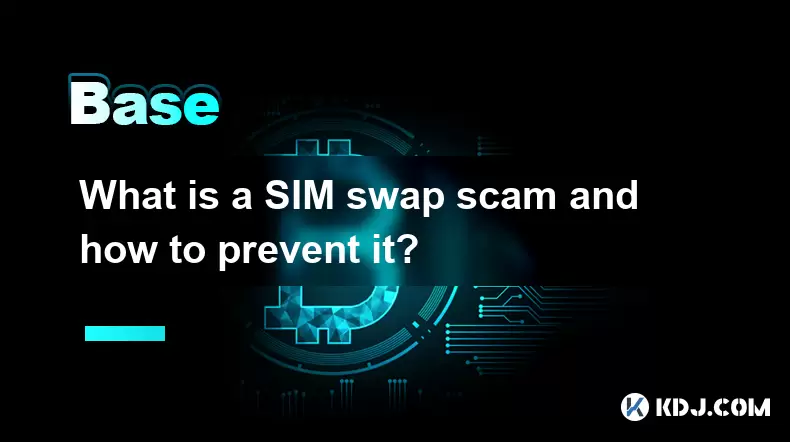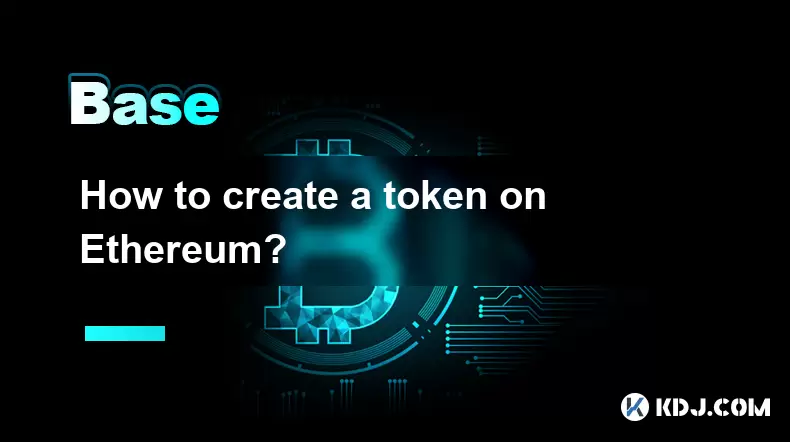-
 Bitcoin
Bitcoin $118400
0.39% -
 Ethereum
Ethereum $3814
2.17% -
 XRP
XRP $3.547
1.34% -
 Tether USDt
Tether USDt $1.000
0.00% -
 BNB
BNB $769.5
2.95% -
 Solana
Solana $191.7
6.36% -
 USDC
USDC $0.9999
0.01% -
 Dogecoin
Dogecoin $0.2722
7.75% -
 Cardano
Cardano $0.8995
5.59% -
 TRON
TRON $0.3158
-0.78% -
 Hyperliquid
Hyperliquid $47.37
4.46% -
 Stellar
Stellar $0.4848
3.54% -
 Sui
Sui $4.031
1.72% -
 Chainlink
Chainlink $20.11
3.94% -
 Hedera
Hedera $0.2832
3.16% -
 Avalanche
Avalanche $26.20
4.27% -
 Bitcoin Cash
Bitcoin Cash $530.5
0.67% -
 Shiba Inu
Shiba Inu $0.00001568
3.59% -
 Litecoin
Litecoin $118.4
1.42% -
 UNUS SED LEO
UNUS SED LEO $8.976
-0.23% -
 Toncoin
Toncoin $3.349
2.54% -
 Polkadot
Polkadot $4.590
2.54% -
 Uniswap
Uniswap $10.56
-0.59% -
 Ethena USDe
Ethena USDe $1.001
0.00% -
 Monero
Monero $327.7
0.39% -
 Pepe
Pepe $0.00001422
2.62% -
 Bitget Token
Bitget Token $4.973
-1.22% -
 Dai
Dai $1.000
0.02% -
 Aave
Aave $331.9
1.59% -
 Bittensor
Bittensor $429.6
-0.56%
What is a SIM swap scam and how to prevent it?
Hackers use SIM swap scams to steal cryptocurrency by hijacking phone numbers and bypassing SMS-based 2FA, gaining access to wallets and exchanges.
Jul 21, 2025 at 07:43 am

Understanding SIM Swap Scams in the Cryptocurrency Space
In the world of cryptocurrency, where digital assets are stored in wallets and secured by private keys, security threats are constantly evolving. One of the most insidious forms of attack is the SIM swap scam. This method allows hackers to take control of a victim's mobile phone number, which is often used as a two-factor authentication (2FA) method for cryptocurrency accounts and wallets.
A SIM swap occurs when a fraudster convinces a mobile carrier to transfer a phone number to a new SIM card under their control. Once the number is ported, the attacker receives all calls and text messages intended for the victim. This includes verification codes sent by crypto exchanges, email services, and wallet providers, enabling the attacker to reset passwords and gain access to valuable digital assets.
How SIM Swap Scams Target Cryptocurrency Users
The process of executing a SIM swap scam typically begins with social engineering. The attacker gathers personal information about the victim through phishing, data breaches, or social media. With enough data—such as name, date of birth, and address—they contact the mobile carrier and impersonate the account holder.
Once the scammer has control of the phone number, they can intercept 2FA codes sent via SMS. Many cryptocurrency platforms use SMS-based 2FA, making them vulnerable to this kind of attack. The attacker can then log into the victim’s exchange account, initiate transfers, and drain funds without the user’s knowledge until it’s too late.
Some scammers go a step further by locking the victim out of their email accounts, resetting recovery options, and even contacting customer support to verify ownership of the account under the attacker’s identity.
Recognizing the Signs of a SIM Swap Attack
Victims of SIM swap scams often notice unusual activity before it's too late. One of the first signs is the sudden loss of cellular service. If your phone loses signal and you haven’t changed carriers or SIM cards, it could indicate that your number has been ported without your consent.
Another red flag is receiving unexpected verification codes or password reset emails for accounts you didn’t initiate. If you log into a service and find that your 2FA settings have changed, it’s a strong indicator that someone has tampered with your account.
Crypto users should also monitor their exchange accounts and wallets for unauthorized login attempts or withdrawals. Many platforms send email notifications for such actions, so staying alert to these alerts is crucial.
Preventive Measures Against SIM Swap Scams
To protect your cryptocurrency assets from SIM swap attacks, it's essential to implement strong security practices. One of the most effective measures is to avoid using SMS-based 2FA. Instead, opt for authenticator apps like Google Authenticator or hardware-based 2FA solutions like YubiKey.
Contact your mobile carrier and request additional security features on your account. Some carriers allow you to set a PIN or password that must be provided before any changes are made to the account, including SIM card replacements.
Avoid sharing personal information on social media or unverified websites. Attackers often piece together personal details to impersonate you during a SIM swap attempt. Consider using a virtual private network (VPN) to mask your IP address and reduce the risk of targeted attacks.
Steps to Take If You Become a Victim
If you suspect you’ve been targeted by a SIM swap scam, act immediately. Contact your mobile carrier to report the unauthorized change and request that your number be restored to your original SIM.
Notify the cryptocurrency exchanges and wallet providers you use. Alert their security teams and request account freezes or temporary suspensions while you regain control. Change your passwords and 2FA methods for all affected accounts.
File a report with local law enforcement and consider contacting cybercrime units if your jurisdiction has one. While recovery of stolen funds is often difficult, reporting the incident can help prevent further abuse and assist in tracking down the perpetrators.
Alternative Authentication Methods for Enhanced Security
To further reduce the risk of SIM swap scams, explore alternative authentication methods that don’t rely on SMS. Time-based One-Time Password (TOTP) apps like Authy or Duo Mobile generate codes locally on your device without requiring a cellular connection.
For the highest level of security, use hardware security keys. These physical devices plug into your computer or connect via NFC or Bluetooth, offering strong two-factor authentication that is nearly immune to SIM swap attacks.
Some cryptocurrency wallets and exchanges also support biometric authentication, such as fingerprint scanning or facial recognition, which can be used in conjunction with other 2FA methods to create a multi-layered security system.
- Use authenticator apps instead of SMS-based 2FA
- Enable hardware security keys for critical accounts
- Set up backup codes in case of device loss
- Store recovery keys in a secure offline location
Frequently Asked Questions
What is the difference between a SIM swap and a SIM hijack?
There is no significant difference between the two terms. Both refer to the unauthorized transfer of a phone number to a new SIM card controlled by an attacker.
Can I track who performed a SIM swap?
While it’s difficult to trace the perpetrator directly, contacting your mobile carrier and law enforcement can help identify the source of the attack and prevent further damage.
Is my cryptocurrency safe if I use hardware wallets?
Using a hardware wallet significantly reduces the risk of theft, especially if it's not connected to online accounts that use SMS-based authentication.
Are SIM swap scams reversible?
Yes, but only if you act quickly. Contacting your carrier and freezing your accounts immediately can help restore your number and prevent further access by attackers.
Disclaimer:info@kdj.com
The information provided is not trading advice. kdj.com does not assume any responsibility for any investments made based on the information provided in this article. Cryptocurrencies are highly volatile and it is highly recommended that you invest with caution after thorough research!
If you believe that the content used on this website infringes your copyright, please contact us immediately (info@kdj.com) and we will delete it promptly.
- WIF Rockets: Riding the Bull Run Wave in Cryptocurrency
- 2025-07-21 18:50:12
- XRP Ledger Heats Up: Network Activity and Trader Buying on the Rise!
- 2025-07-21 18:50:12
- BFX, Altcoins, and ROI: Chasing the Next Big Crypto Wave
- 2025-07-21 18:55:12
- Binance, Seed Tag, and Crypto Tokens: What's the Deal?
- 2025-07-21 19:30:12
- Kaspa Price Surges Amid Layer 2 Buzz: Double Bottom Signals Bullish Momentum
- 2025-07-21 19:30:12
- Cryptocurrencies Surge: BNB Nears All-Time High Amid Market Uptick
- 2025-07-21 19:35:11
Related knowledge

What is the difference between a sidechain and a Layer 2?
Jul 20,2025 at 11:35pm
Understanding the Concept of SidechainsA sidechain is a separate blockchain that runs parallel to the main blockchain, typically the mainnet of a cryp...

What is the Inter-Blockchain Communication Protocol (IBC)?
Jul 19,2025 at 10:43am
Understanding the Inter-Blockchain Communication Protocol (IBC)The Inter-Blockchain Communication Protocol (IBC) is a cross-chain communication protoc...

How does sharding improve scalability?
Jul 20,2025 at 01:21am
Understanding Sharding in BlockchainSharding is a database partitioning technique that is increasingly being adopted in blockchain technology to enhan...

What is the "crypto trilemma" of scalability, security, and decentralization?
Jul 19,2025 at 06:28pm
Understanding the Concept of the Crypto TrilemmaThe crypto trilemma refers to the challenge of simultaneously achieving scalability, security, and dec...

What is a cliff and vesting schedule in tokenomics?
Jul 20,2025 at 10:28am
What Does a Cliff Mean in Tokenomics?In tokenomics, a cliff refers to a specific period during which token holders are not allowed to access or transf...

How to create a token on Ethereum?
Jul 21,2025 at 02:07pm
Understanding the Basics of Ethereum TokensBefore diving into the process of creating a token on Ethereum, it's crucial to understand what Ethereum to...

What is the difference between a sidechain and a Layer 2?
Jul 20,2025 at 11:35pm
Understanding the Concept of SidechainsA sidechain is a separate blockchain that runs parallel to the main blockchain, typically the mainnet of a cryp...

What is the Inter-Blockchain Communication Protocol (IBC)?
Jul 19,2025 at 10:43am
Understanding the Inter-Blockchain Communication Protocol (IBC)The Inter-Blockchain Communication Protocol (IBC) is a cross-chain communication protoc...

How does sharding improve scalability?
Jul 20,2025 at 01:21am
Understanding Sharding in BlockchainSharding is a database partitioning technique that is increasingly being adopted in blockchain technology to enhan...

What is the "crypto trilemma" of scalability, security, and decentralization?
Jul 19,2025 at 06:28pm
Understanding the Concept of the Crypto TrilemmaThe crypto trilemma refers to the challenge of simultaneously achieving scalability, security, and dec...

What is a cliff and vesting schedule in tokenomics?
Jul 20,2025 at 10:28am
What Does a Cliff Mean in Tokenomics?In tokenomics, a cliff refers to a specific period during which token holders are not allowed to access or transf...

How to create a token on Ethereum?
Jul 21,2025 at 02:07pm
Understanding the Basics of Ethereum TokensBefore diving into the process of creating a token on Ethereum, it's crucial to understand what Ethereum to...
See all articles

























































































